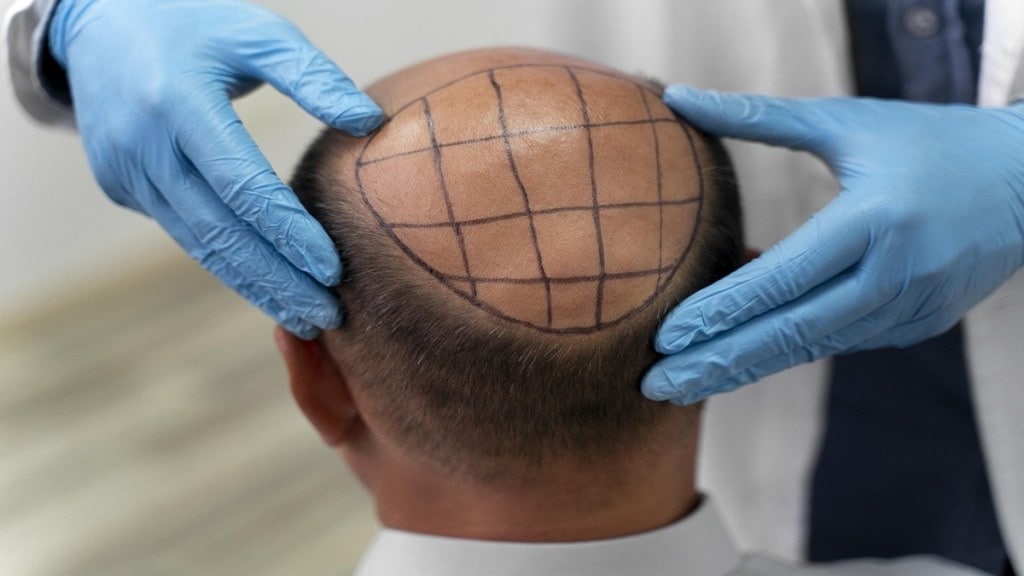A team of scientists has unveiled potential new treatment for hereditary-patterned baldness which is the most common cause of hair loss in both men and women worldwide.
According to a report by Science Alert, the researchers stumbled upon to breakthrough while studying a sugar that naturally occurs in the body and helps form DNA: the ‘deoxyribose’ part of deoxyribonucleic acid.
When the scientists analysed these sugars that could heal the wounds of mice when applied topically, they noticed that the fur around the lesions was growing back faster than in untreated mice.
The research was conducted by scientists at the University of Sheffield and COMSATS University in Pakistan. In a study published in June this year, they took male mice with testosterone-driven hair loss and removed the fur from their backs. Every day, researchers smeared a small dose of deoxyribose sugar gel on the exposed skin, and within weeks, the fur in this region showed ‘robust’ regrowth, sprouting long, thick individual hairs.
According to the report by Science Alert, the deoxyribose gel was so effective, the team found it worked just as well as minoxidil, a popular topical treatment for hair loss.
“Our research suggests that the answer to treating hair loss might be as simple as using a naturally occurring deoxyribose sugar to boost the blood supply to the hair follicles to encourage hair growth,” said tissue engineer Sheila MacNeil from the University of Sheffield as quoted by Science Alert.
Hereditary-patterned baldness, or androgenic alopecia, is a natural condition caused by genetics, hormone levels, and aging. However, the condition presents differently in males and females. Although the condition affects up to 40 percent of the population, the US Food and Drug Administration (FDA) has only approved two drugs to treat the condition so far.
According to the researchers, while over-the-counter minoxidil can work to slow hair loss and promote some regrowth, it doesn’t work for all those experiencing hair loss. If minoxidil isn’t effective, then male patients can turn to finasteride. The drug has not been approved for female patients so far. It is noteworthy that Finasteride can be associated with unwanted, sometimes severe side effects, such as erectile dysfunction, testicular or breast pain, reduced libido, and depression.
“The treatment of androgenetic alopecia remains challenging,” MacNeil and her colleagues, led by biomaterial researcher Muhammad Anjum from COMSATS, write in their published paper.
During the study, the team developed a biodegradable, non-toxic gel made from deoxyribose, and applied the treatment to mouse models of male-pattern baldness. Minoxidil was also tested on balding mouse models, and some of the animals received a dose of both sugar gel and minoxidil for good measure, Science Alert reported.
Both minoxidil and the sugar gel promoted 80 to 90 percent hair regrowth in mice with male pattern baldness. However, when both the treatments were combined, it did not make much more of a difference.
“This is a badly under-researched area, and hence new approaches are needed,” write the authors. The study was published in Frontiers in Pharmacology.

